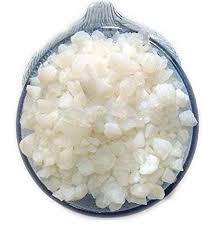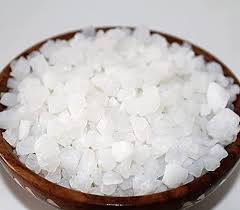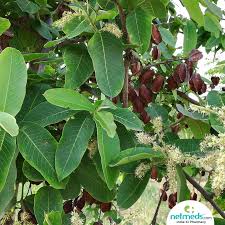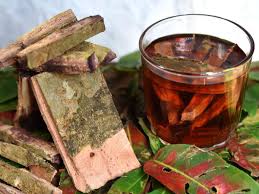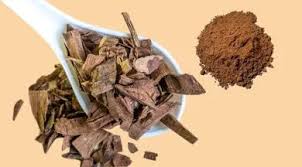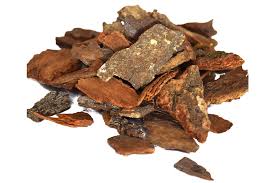
Cultural Use of Paneer Phool in Maharashtra Villages
Paneer Phool, commonly known as cauliflower, is not only a staple vegetable but also an integral part of the cultural and culinary traditions in Maharashtra’s villages. Local communities have incorporated Paneer Phool into their diets, festivals, and home remedies for generations. Beyond its nutritional value, it plays a significant role in traditional practices, reflecting the connection between food, culture, and sustainable living. This article explores how Paneer Phool is used in Maharashtra villages, its cultural significance, culinary applications, and contribution to health and community traditions.
Long Description:
- Historical and Cultural Significance:
- Paneer Phool has been cultivated in Maharashtra villages for centuries, valued for its versatility and nutritional benefits.
- It features in local festivals, seasonal feasts, and religious offerings, highlighting its cultural importance.
- Traditional knowledge about planting, harvesting, and cooking Paneer Phool is passed down through generations.
- Nutritional Benefits of Paneer Phool:
- High in vitamin C, which boosts immunity and supports overall health.
- Contains vitamin K and calcium for strong bones and healthy blood circulation.
- Rich in dietary fiber, aiding digestion and promoting gut health.
- Low in calories, making it ideal for daily meals and balanced diets.
- Culinary Uses in Maharashtra Villages:
- Traditional Sabzis: Stir-fried with local spices such as turmeric, cumin, and mustard seeds.
- Stuffed Paneer Phool (Bharwa): Florets stuffed with spiced mixtures of gram flour, peanuts, and herbs.
- Paneer Phool in Curries: Cooked with coconut-based gravies or tomato-onion masalas for festive meals.
- Pickles and Preserves: Young florets are sometimes preserved as tangy pickles, a method passed down in households.
- Role in Festivals and Rituals:
- Used as offerings in local temples and during religious ceremonies.
- Featured in community feasts during harvest festivals, symbolizing abundance and health.
- Participates in seasonal celebrations, reflecting the village’s connection to agricultural cycles.
- Health Practices and Folk Remedies:
- Digestive Aid: Boiled Paneer Phool leaves and florets are included in home remedies for mild stomach issues.
- Cooling Effect: Consumed in summer diets to maintain hydration and reduce internal heat.
- Blood Purification: Locally believed to cleanse the blood and support liver health.
- Cultivation Practices in Villages:
- Grown in kitchen gardens and small agricultural plots with organic manure and compost.
- Crop rotation and intercropping with other vegetables ensure soil fertility and reduce pests.
- Selective harvesting of florets promotes continuous growth and a sustainable yield.
- Integration into Daily Diet:
- Commonly served with rotis, rice, or lentils as a part of everyday meals.
- Frequently combined with locally grown herbs such as coriander, fenugreek, or curry leaves for added flavor and health benefits.
- Consumed both raw in salads and cooked in light gravies to maintain nutrition.
- Sustainability and Community Practices:
- Villagers often save seeds from healthy plants for the next planting season.
- Encourages organic and small-scale farming practices, supporting environmental sustainability.
- Promotes sharing of produce among neighbors, strengthening community bonds.
- Educational and Cultural Value:
- Young generations learn about agriculture, traditional recipes, and the health benefits of Paneer Phool through family practices.
- Folklore and stories surrounding its cultivation and usage preserve the cultural identity of Maharashtra villages.
- Workshops and community gatherings often highlight the importance of indigenous vegetables like Paneer Phool.
- Conclusion:
Paneer Phool is more than just a vegetable in Maharashtra villages; it is a cultural symbol, a nutritional resource, and a key part of traditional lifestyles. Its use in daily meals, festive occasions, and folk remedies underscores the deep connection between agriculture, health, and culture in rural communities. Sustainable cultivation, traditional cooking methods, and community sharing ensure that Paneer Phool continues to enrich village life, offering both health benefits and cultural continuity. By understanding and preserving these practices, we can appreciate the holistic role of Paneer Phool in the dietary, medicinal, and cultural traditions of Maharashtra villages.





